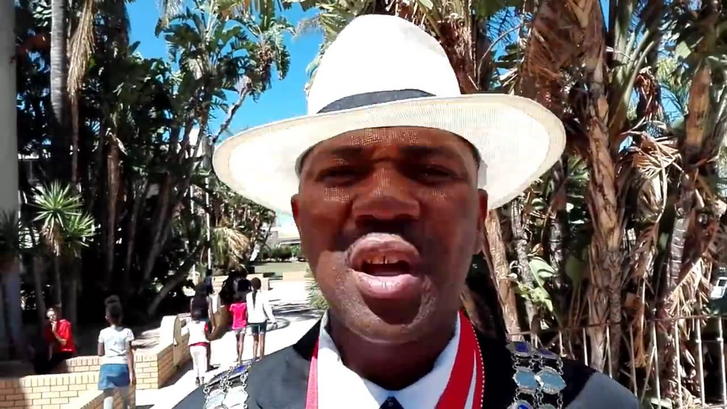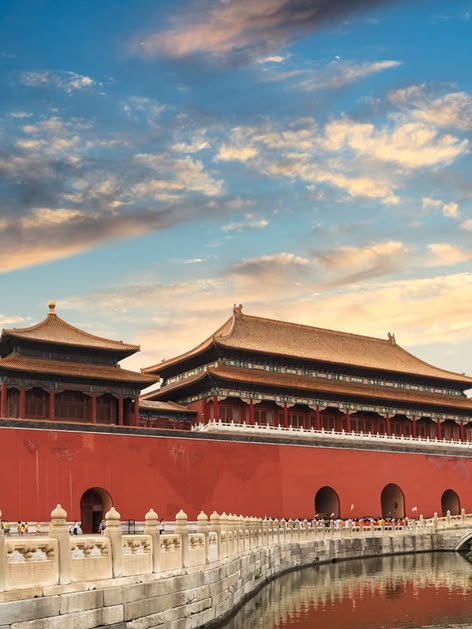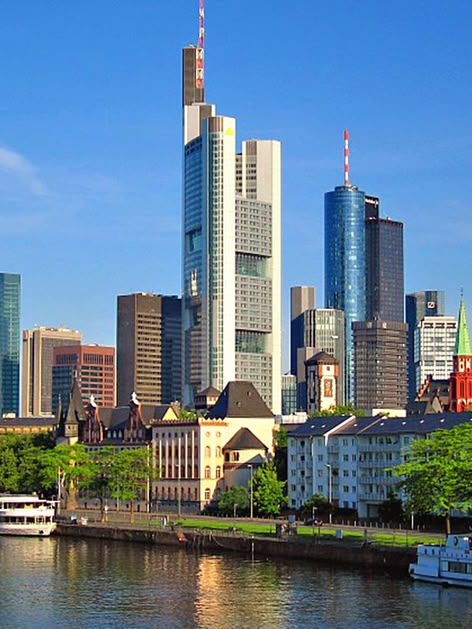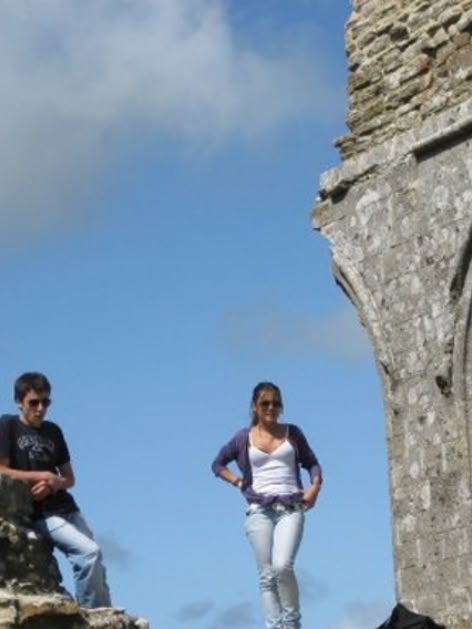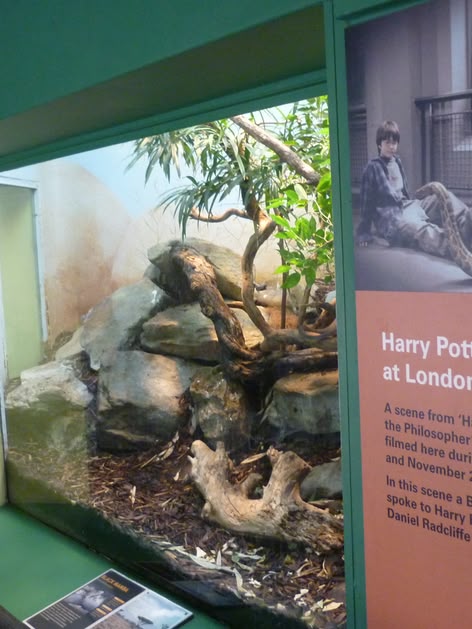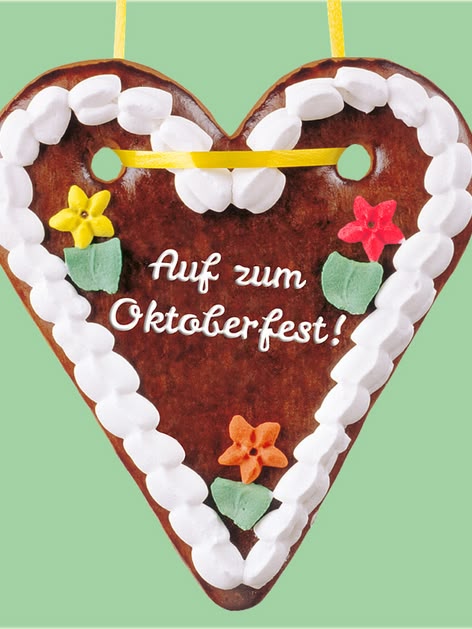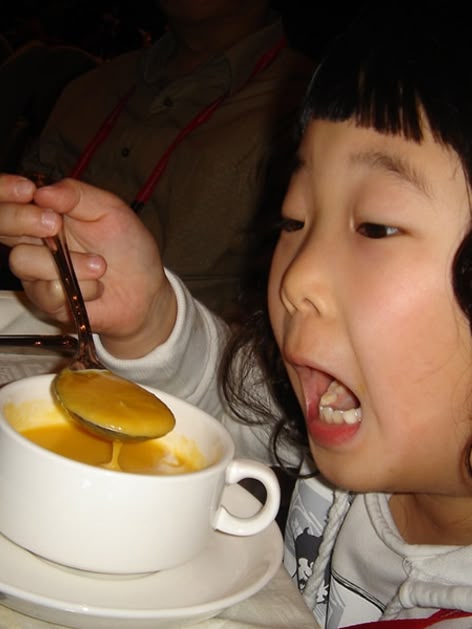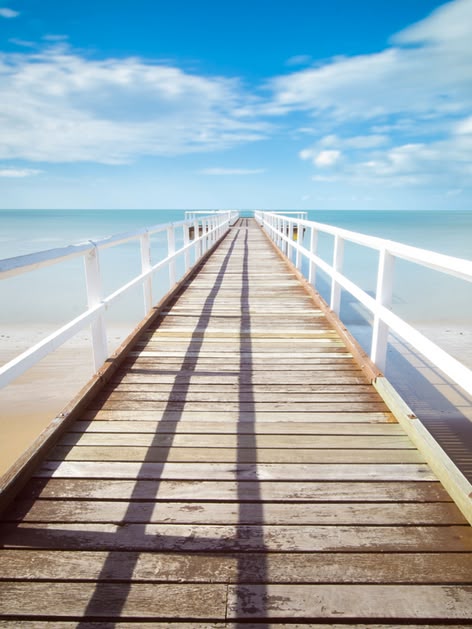Carnival around the World
Europe
Although there is also a Carnaval de Paris, Nice is the French city most known for its carnival. This is due not only to the parade having a view of the sea, but also because carnival in Nice has a lot of tradition: The earliest record of the festival can be found in a travel report by Count Charles d'Anjou from the year 1294. Carnival in Nice is marvellously flowery. Flower battles take place on several days and during the procession 16 flower-strewn floats go by, from which flowers are thrown down to the crowd. There are also numerous costumes worn by the parade’s participants to reflect the flora and fauna of the Mediterranean. The carnival in Nice ends on 25th February with the traditional burning of the carnival king at Place Masséna and fireworks to top it off.
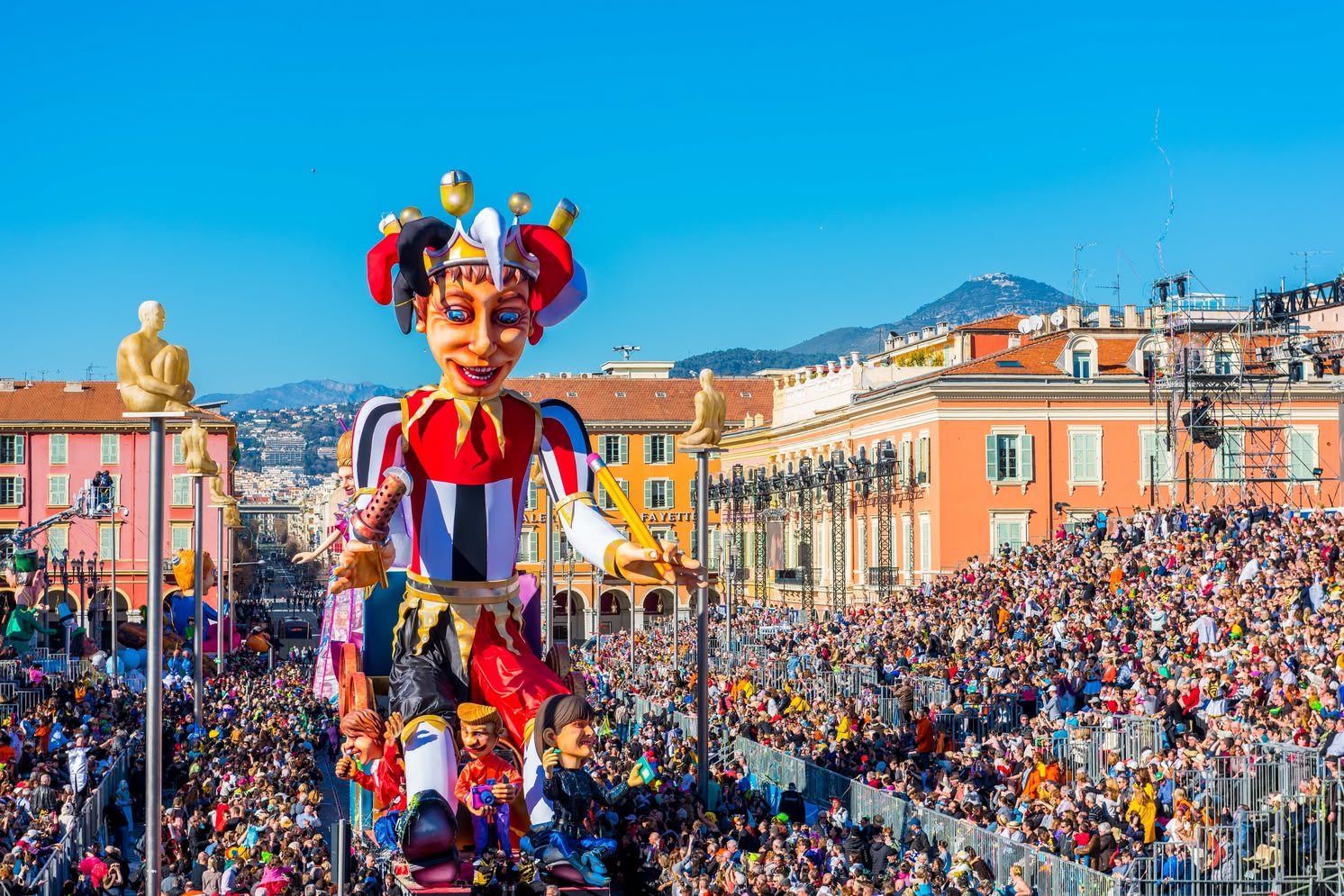
Photo: A.Issock
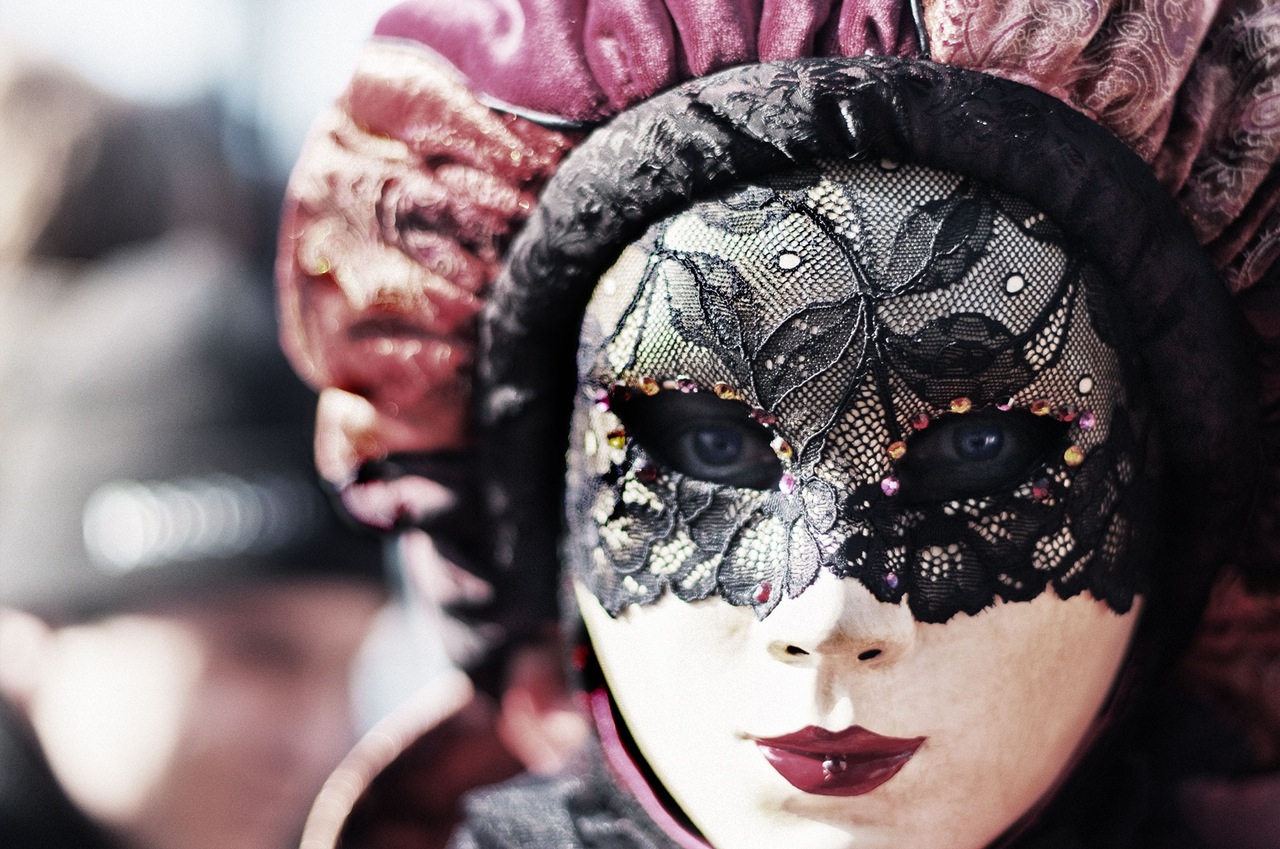
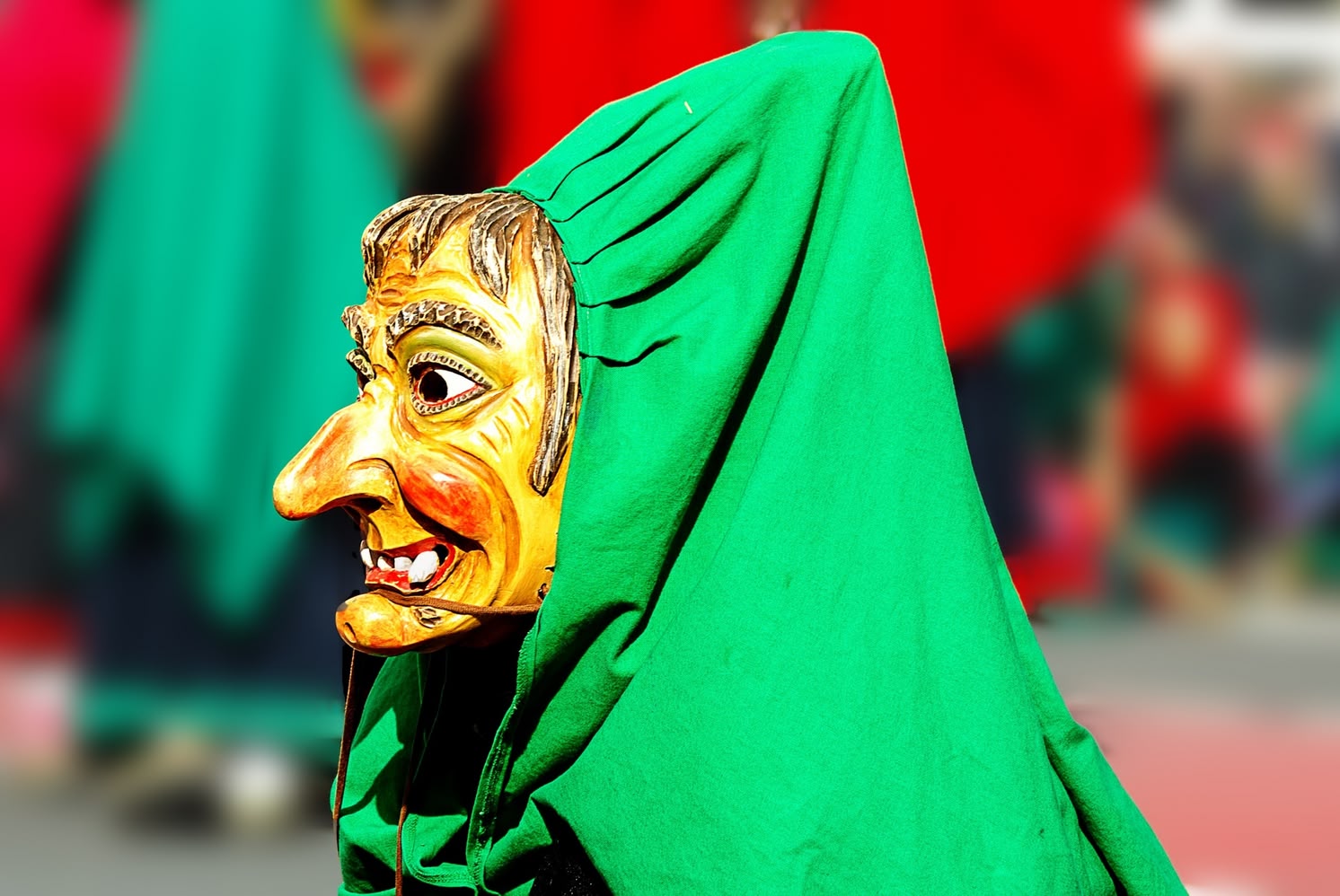
South America
Brasilien
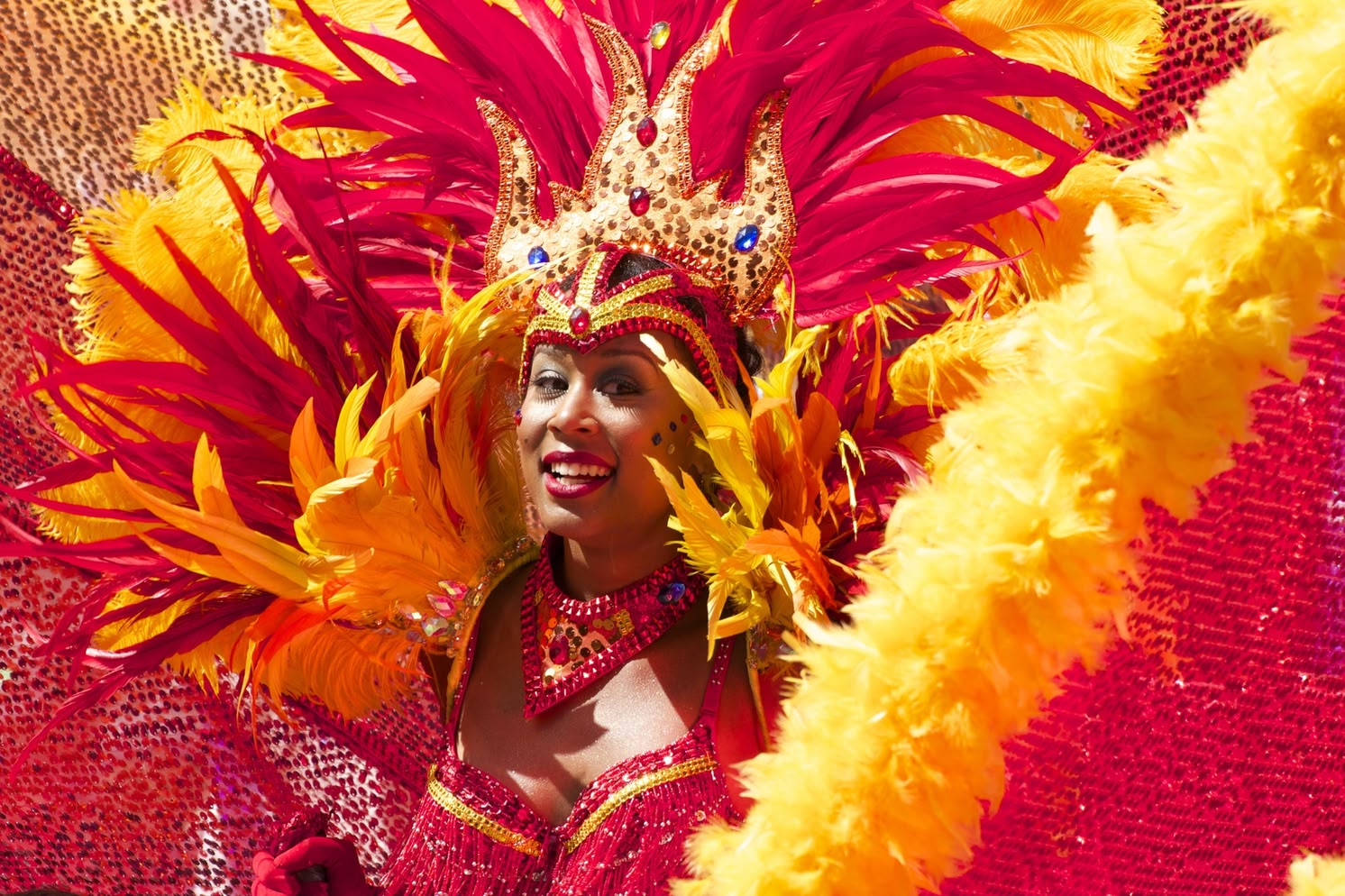
Especially well-known for its carnival is the Brazilian capital Rio de Janeiro, which celebrates the world's largest carnival. The festival is opened with the coronation of the carnival king, Momo, by the mayor. The highlight of the festivities is the Samba Parade. There are also numerous street festivals with music and dancing, as well as carnival balls. The Gay Gala and the Magic Ball at the Copacabana Palace are particularly well-known. From Saturday to Tuesday, numerous open-air dances take place throughout the city. The largest and most organised takes place in Cinelândia Square. During the Samba Parade several Samba schools compete against each other to enter the Grupo Especial. Each school chooses an annual motto, after which the festoons and the costumes are finetuned. Brazil - Salvador Carnival You undoubtedly aware that carnival was celebrated in Rio de Janeiro, but did you know that it is also properly celebrated in Salvador da Bahia? During the carnival the strong African influence of the inhabitants becomes clear: It is a celebration that celebrates the joy of life. As Rio is particularly known for the Samba schools, the carnival in Salvador thus prides itself on being the biggest street carnival that keenly includes the public.
Carnival wouldn’t be carnival in Salvador without the Trios Elétricos, box-car-like vehicles equipped with high-power sound systems and stages on their roofs which play music for the crowds of people. The actual carnival lasts only 6 days, but pre-festivals like in Cádiz extent the festivities to a total of 12 days.
Bolivien
Canada
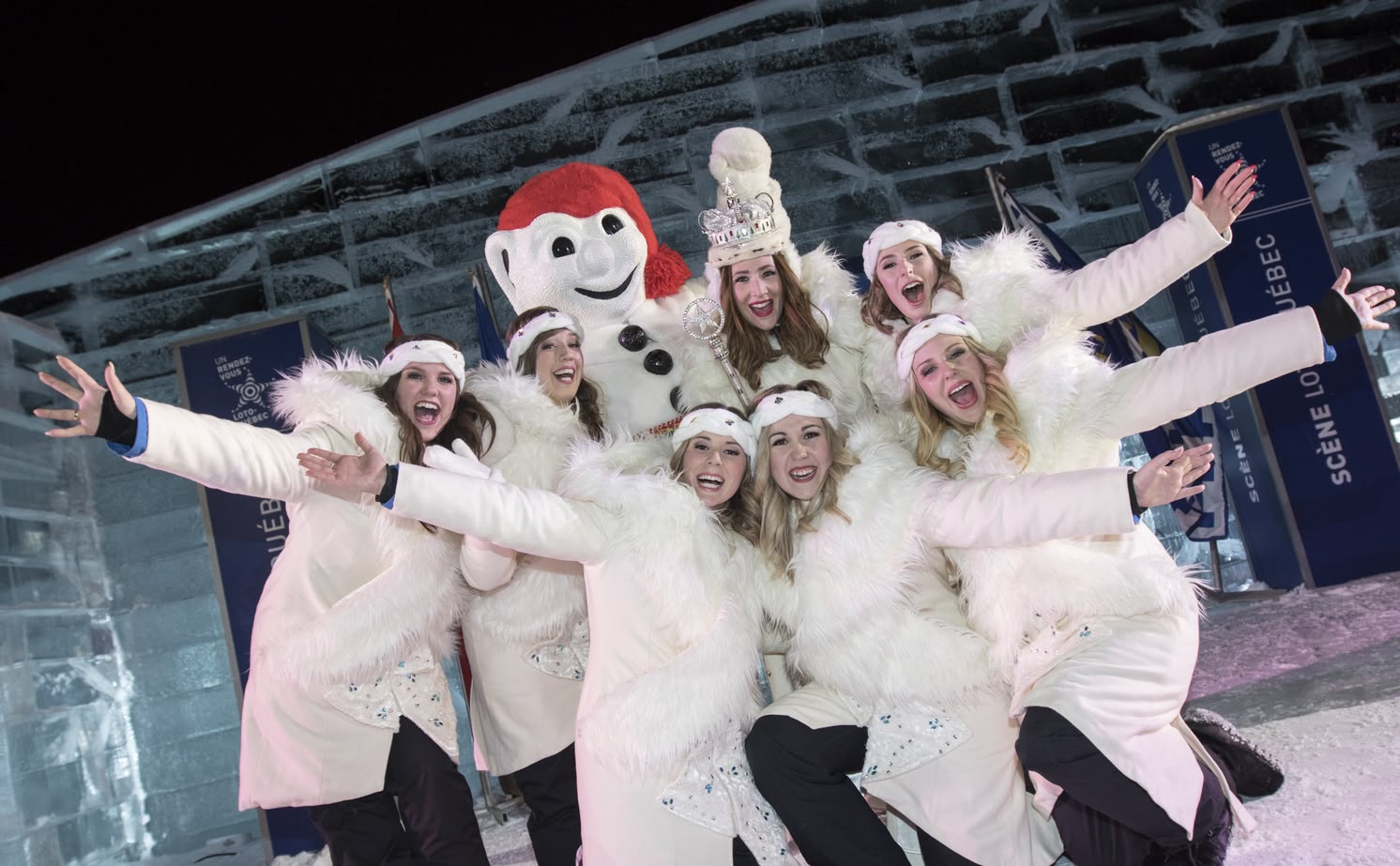
Photo Credit : Frédéric Lavoie
USA
Louisianna
New Orleans - Mardi Gras
Carnival heartland in the USA is New Orleans. This may surprise you, but if you take a look at the history of the city it is not at all surprising. New Orleans was founded around 1718 by French settlers, who brought the tradition of the carnival from Catholic Europe. For this reason, Shrove Tuesday is still called "Mardi Gras" (French for Fat Tuesday). The events are particularly uproarious in the French Quarter, another souvenir from the time of the French settlers.
The founder of the city, Jean Baptiste Le Moyne Sieur de Bienville, is said to have discovered the area around New Orleans on a Shrove Tuesday. You can find out more about that on the official website for the New Orleans carnival. Groups like the "Mardi Gras Indians" also add Native American and African customs and jazz music to the mix between the balls and parades. The festival is also a celebration of cultural diversity. The official colours of the carnival, green, gold and purple, symbolise hope, power and justice.
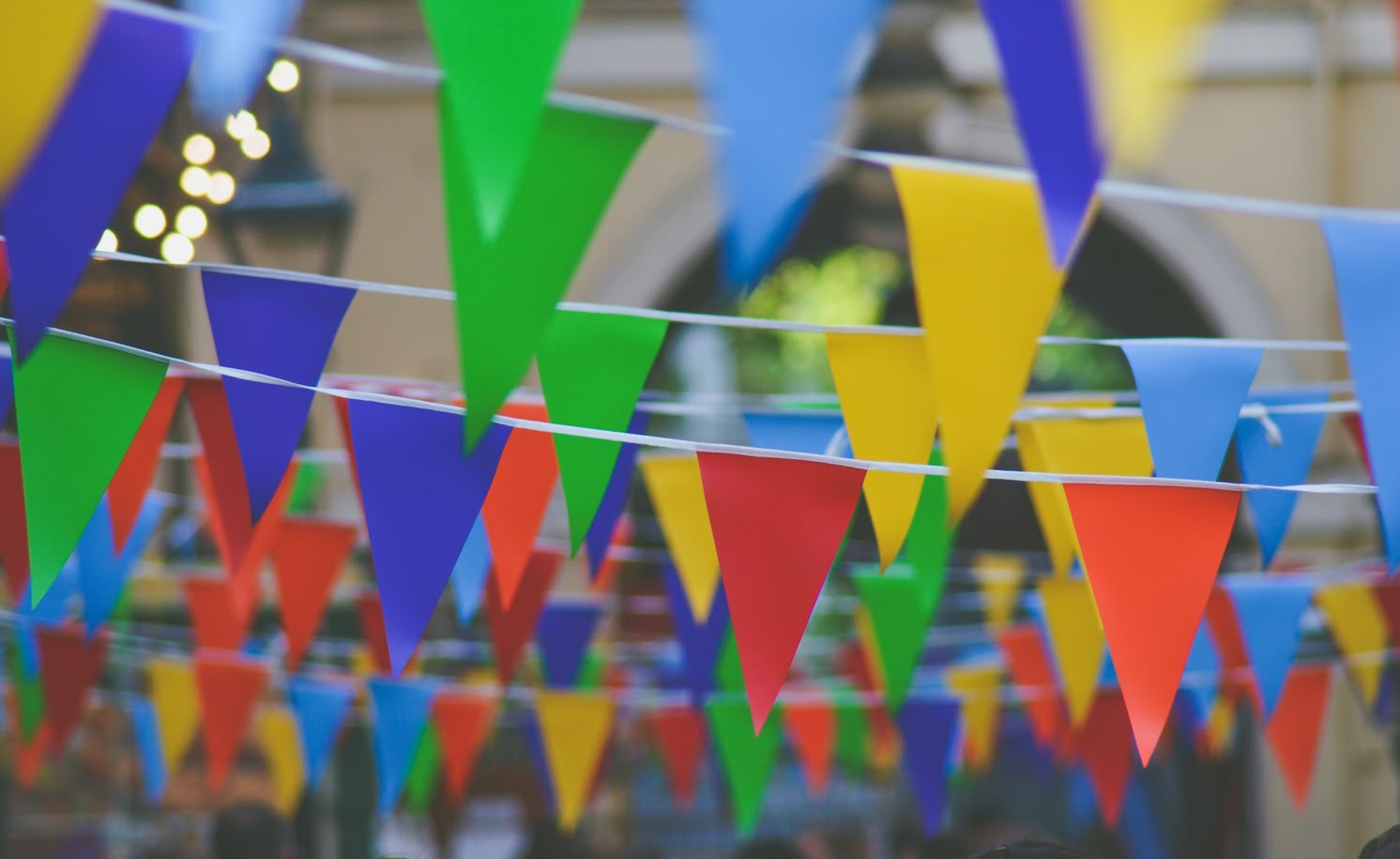
Africa
Namibia
Namibia - Windhoek Karneval
Cologne Carnival in Namibia? Yes, you read correctly. In this country in the South West of Africa, carnival is celebrated particularly among German Namibians. "Windhoek Karneval" (WiKa), is the largest carnival in Namibia. The whole thing is organised by the Windhoek Sports Club, which was founded in 1951 by German emigrants. While the festivities in Canada start before most other cities, Namibia’s carnivals start later. They begin at the end of March and go on until the middle of April. The reason for this is that in February it is still much too hot for any outdoor events. As is usual in Germany, there is a prince’s ball, a parade, a meeting, a magnificent session, a masked ball and much more. This year's theme is "Spin the world as you like it".

